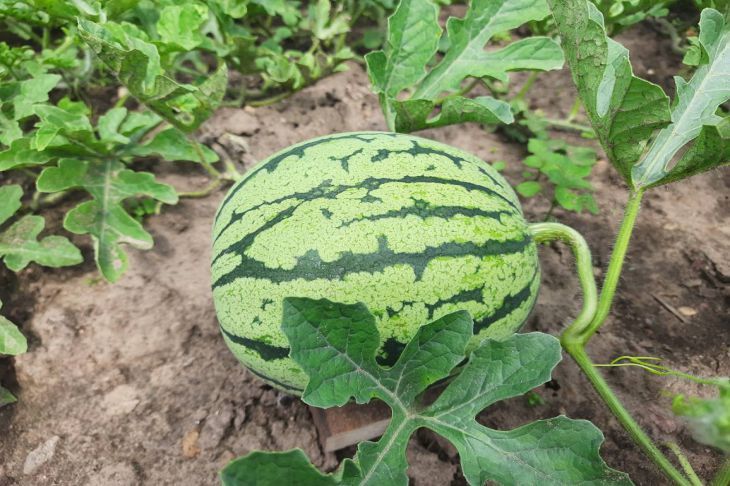Many summer residents grow melons and watermelons on their plots. Mostly with varying success.
Of course, experienced and knowledgeable people achieve what they want. But their less experienced colleagues are doing a little worse.
And all because melons require special care, there are specifics here, including taking into account the climate and the fact that the plants are heat-loving.

Not everyone succeeds in adapting southern crops to the harsh weather conditions of the central regions.
But this is not the most common mistake. Sometimes gardeners are ruined by not keeping the correct distance between beds.
If the condition is met, the crop receives powerful support for healthy development, and the gardener significantly reduces his burden of caring for the plant.
Let's not forget: both melons and watermelons require space, which is due to their large leaves and long vines, which require space.
Lack of space can cause many problems.
Thus, when plants are located too close to each other, the lower leaves are shaded, which leads to a slowdown in photosynthesis and a deterioration in the quality of the fruit.
In addition, dense placement of melons does not allow air to circulate - meet fungal diseases and other troubles.
Close proximity means competition between plants for water and nutrients, and, accordingly, development and fruiting deteriorate.
For melons and watermelons, the optimal distance between rows is considered to be from one to one and a half meters, and within rows – from 0.5 to 1 meter.
